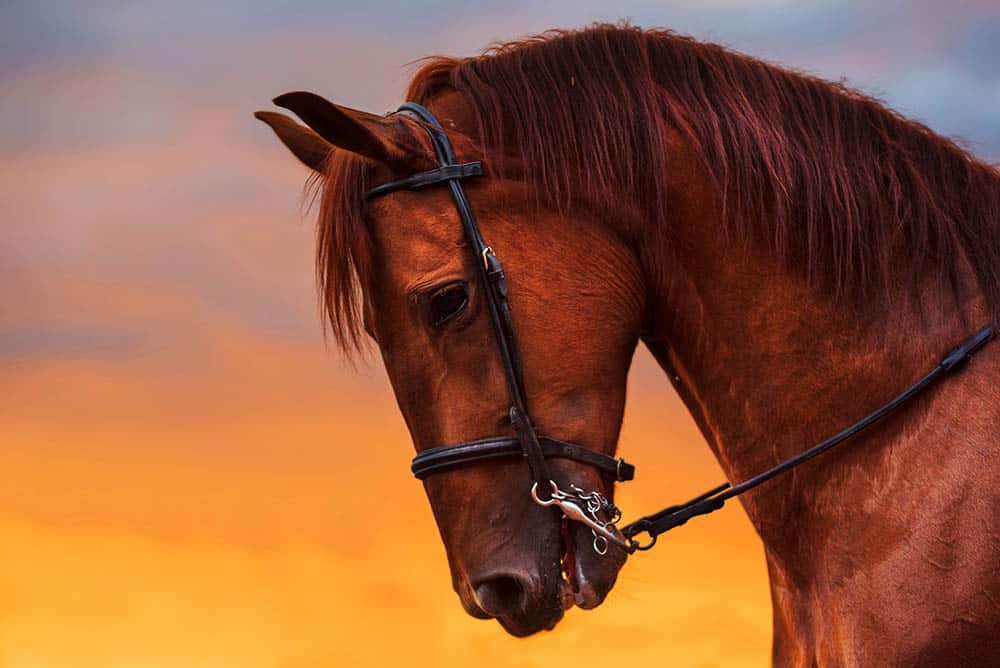Exploring the Power of Myths and Legends in Our Relationship with Wildlife
The relationship between humans and animals has always been complex and fascinating. From hunting and domestication to conservation and preservation, we have a long history of interactions with wildlife. However, one aspect of this relationship that often goes unnoticed is the role of myths, legends, and folklore in shaping our perceptions and attitudes towards animals.
In many traditional cultures around the world, animals are not just seen as creatures to be used or controlled, but as powerful spiritual beings with their own personalities, behaviors, and wisdom. These stories and beliefs have been passed down from generation to generation, and have helped to create a deeper sense of connection and respect between people and animals.
But as modern society becomes more disconnected from nature, we risk losing this important cultural heritage. Many of these stories are seen as quaint or outdated, and are being forgotten or ignored. However, there are many reasons why we should keep animals’ folklore alive, and explore their power to shape our relationship with wildlife.
The Importance of Cultural Heritage
One of the most obvious reasons to preserve animals’ folklore is to honor our cultural heritage. These stories and beliefs are the result of centuries of human interaction with the natural world, and reflect the wisdom and creativity of countless generations. They are an essential part of our shared identity as humans, and help us to understand our place in the world.
By preserving these stories, we also acknowledge the cultural diversity that exists in our global community. Many cultures tell vastly different stories about the same animals, highlighting the richness and complexity of our relationship with the natural world. These stories are a valuable resource for expanding our knowledge of other cultures, and promoting empathy and understanding.
The Power of Myth and Storytelling
But animals’ folklore is not just important as a historical record. These stories also have tremendous power to shape our perceptions and attitudes towards animals, and to inspire action to protect their habitats and welfare.
One of the key ways in which stories affect our relationship with animals is by humanizing them. By giving animals personalities, emotions, and behavior patterns that are similar to our own, we are more likely to empathize with them and care about their well-being. This is especially important when it comes to endangered species, which can feel distant and abstract to many people.
Folklore also has the power to inspire action. By highlighting the importance of animals in our culture and mythology, we can encourage people to take steps to protect their habitats and welfare. This can include everything from supporting conservation efforts to boycotting products that harm animals. By framing these issues in a compelling and emotional way, we can motivate people to become advocates for wildlife.
Preserving Endangered Species
Another important aspect of preserving animals’ folklore is the role it can play in helping to protect endangered species. Many of the animals featured in traditional stories and legends are now threatened or endangered, and preserving their cultural significance can help to raise awareness about their plight.
For example, stories about tigers in traditional Chinese folklore often portray them as powerful and wise creatures, revered for their strength and wisdom. By sharing these stories with a wider audience, we can help to raise awareness about the urgent need to protect tiger habitats and prevent tiger poaching. Similarly, folklore about sea turtles in Caribbean cultures can help to raise awareness about the importance of protecting marine habitats and reducing plastic pollution.
Even for non-endangered species, preserving animals’ folklore can be an important reminder of their intrinsic value and importance. By highlighting the role that these animals play in our cultural heritage, we can encourage people to appreciate them for their beauty, intelligence, and historical significance.
How to Keep Animals’ Folklore Alive
So how can we preserve animals’ folklore and ensure that it continues to play a vital role in shaping our relationship with wildlife? There are several key strategies that can be effective:
– Collecting and preserving traditional stories and legends through oral histories, written records, and other documentation
– Sharing these stories through museums, cultural centers, and social media platforms
– Incorporating animals’ folklore into education and outreach programs about wildlife conservation and preservation
– Using folklore as a way to engage local communities in wildlife conservation efforts, and to foster a sense of connection and ownership over local ecosystems.
While these strategies are not without challenges, they are essential to ensuring that animals’ folklore continues to play a vital role in shaping our relationship with wildlife for generations to come.
Conclusion
As our world becomes more urbanized and disconnected from nature, the importance of preserving animals’ folklore has never been greater. These stories and legends are not just a colorful and interesting part of our shared cultural heritage, but also have tremendous power to shape our perceptions, attitudes, and actions towards wildlife. By preserving and sharing these stories, we can help to ensure that future generations continue to value and appreciate the natural world for its beauty, diversity, and inherent value.
- Why Venture Capital is Essential for Startups: The Key to Unlocking Success - 28 de mayo de 2023
- Revolutionize Your Business with E-commerce: The Ultimate Guide to Success - 28 de mayo de 2023
- Why Patents are Crucial for Protecting Innovation and Driving Economic Growth - 28 de mayo de 2023
